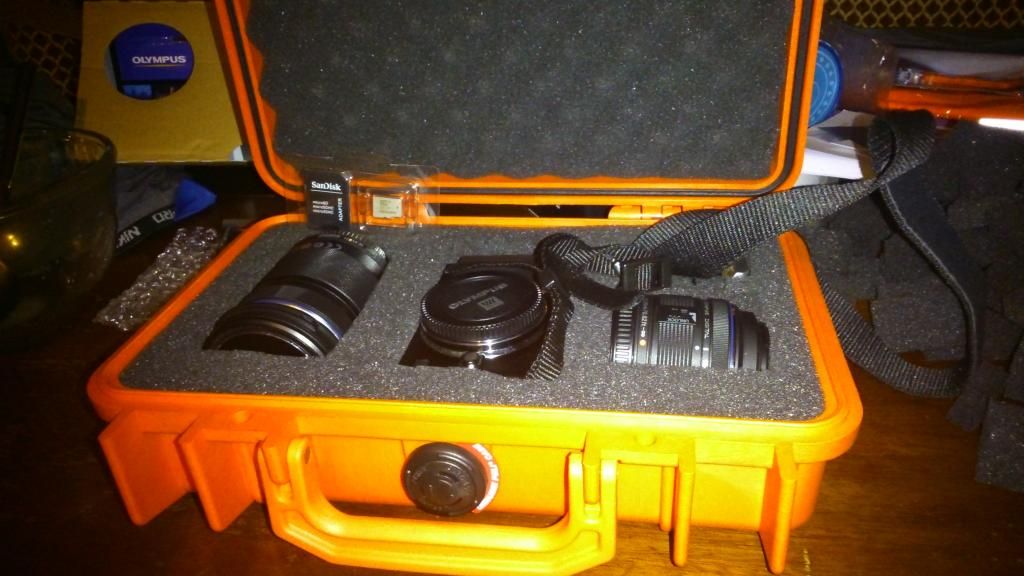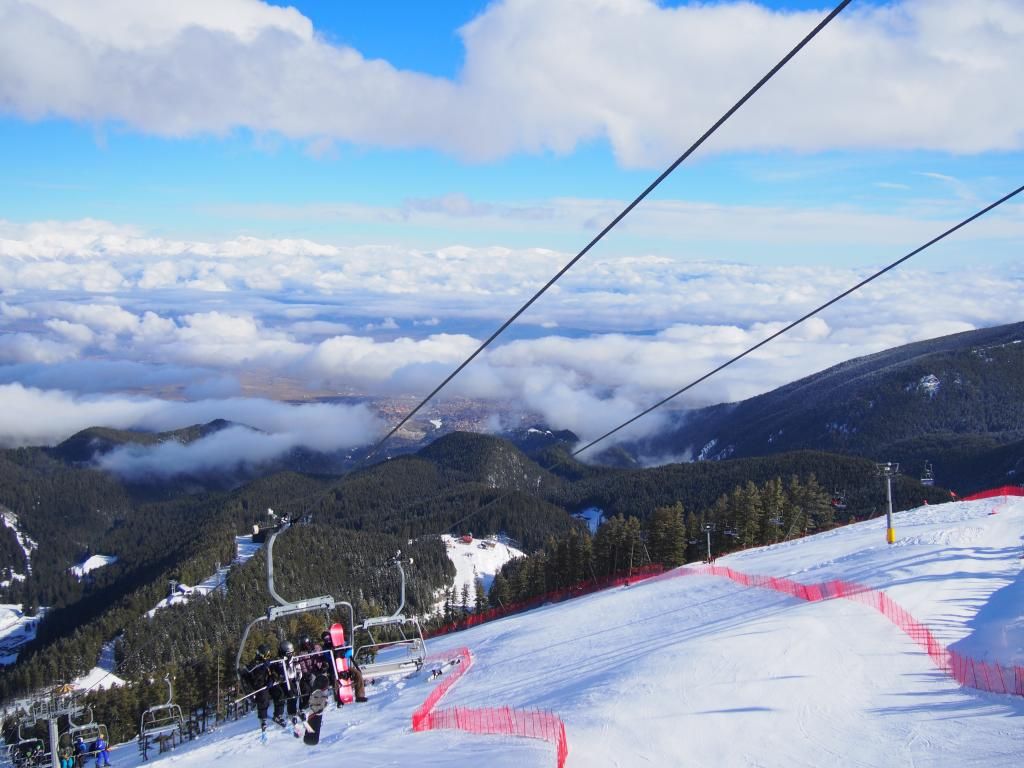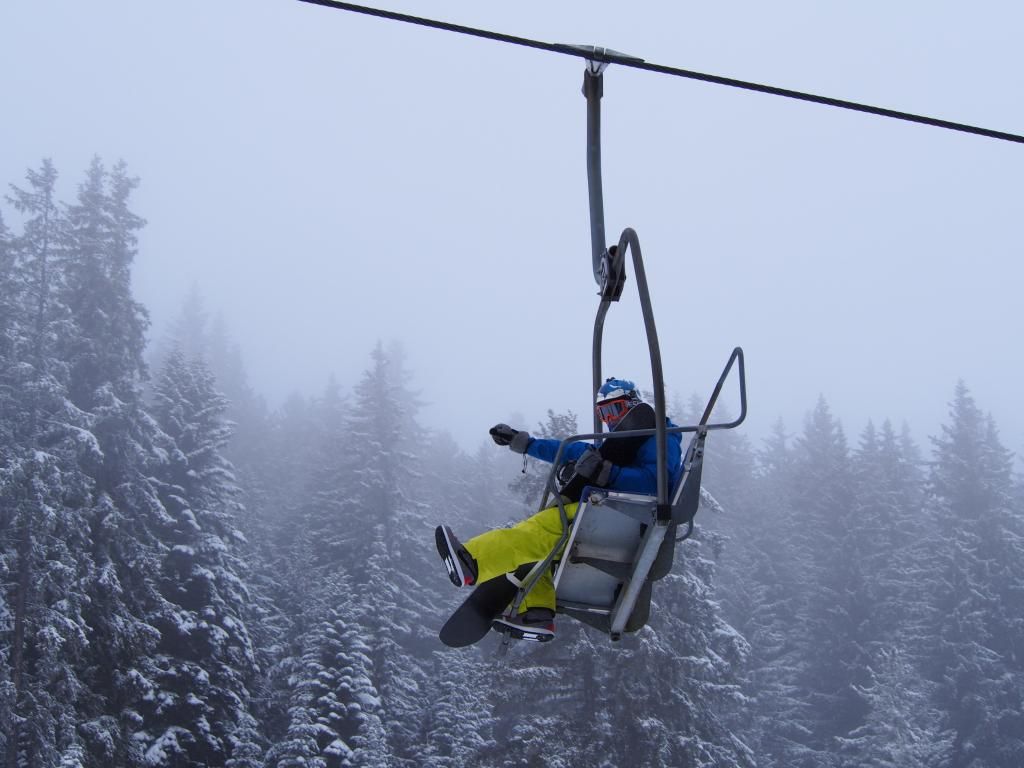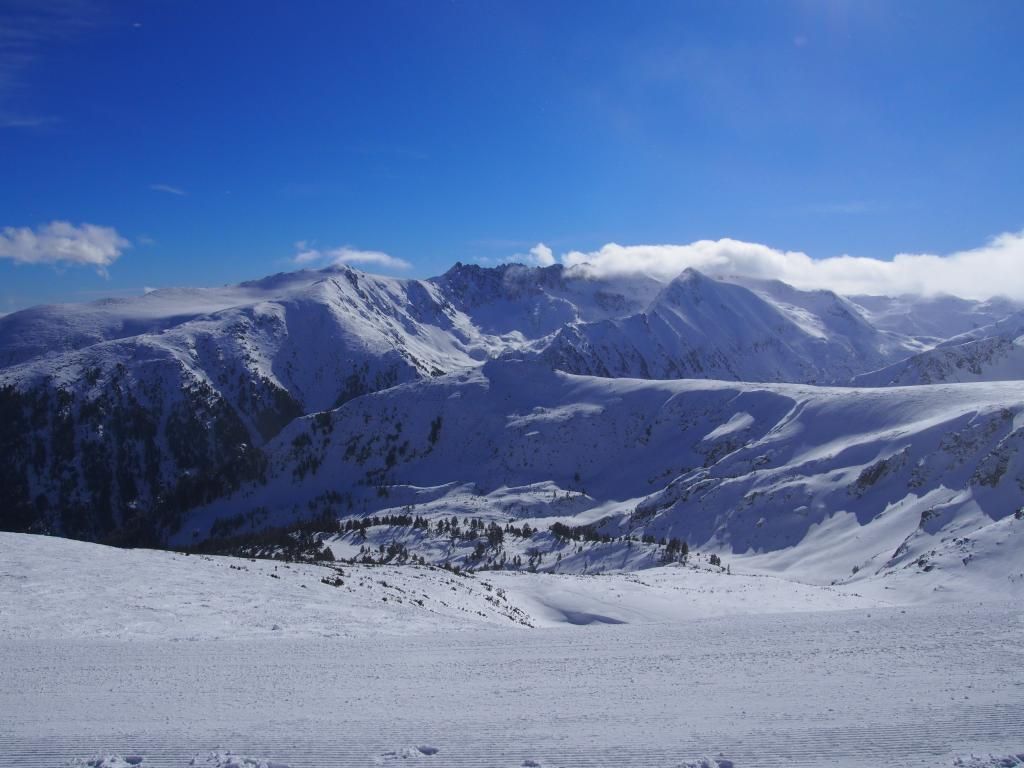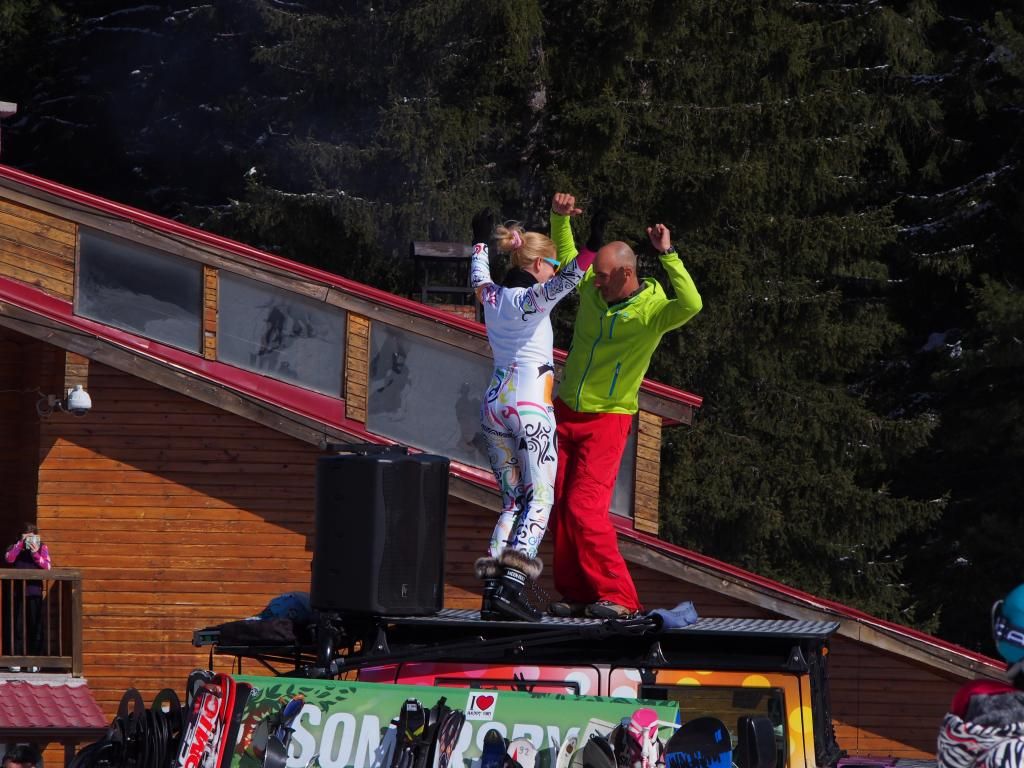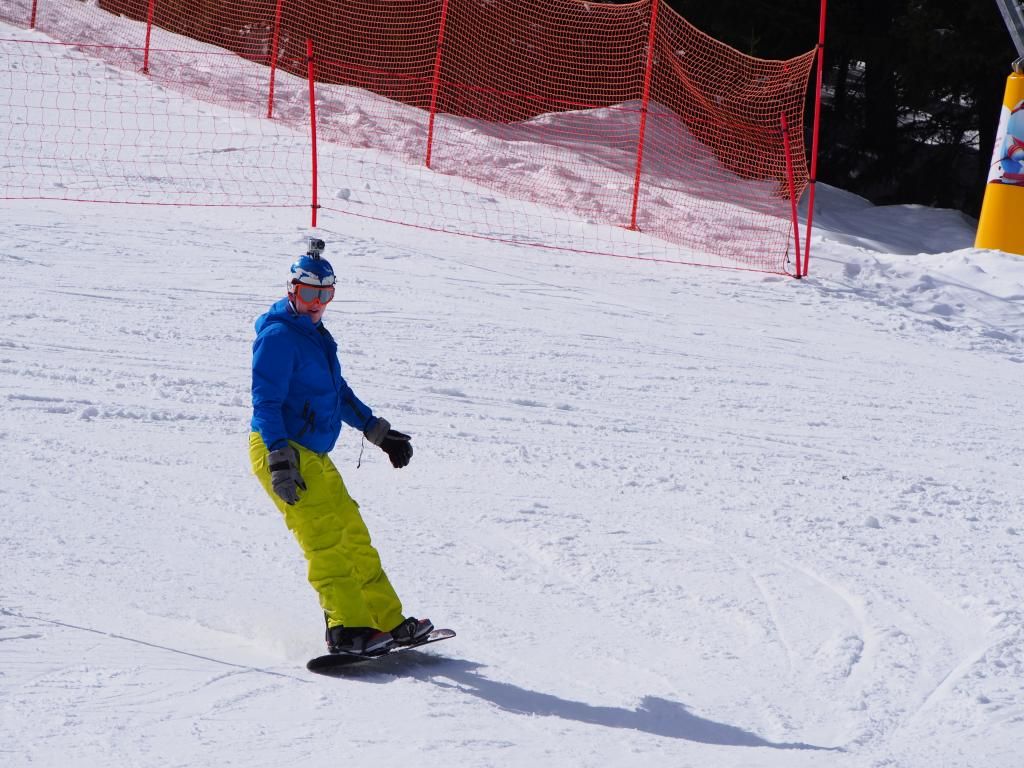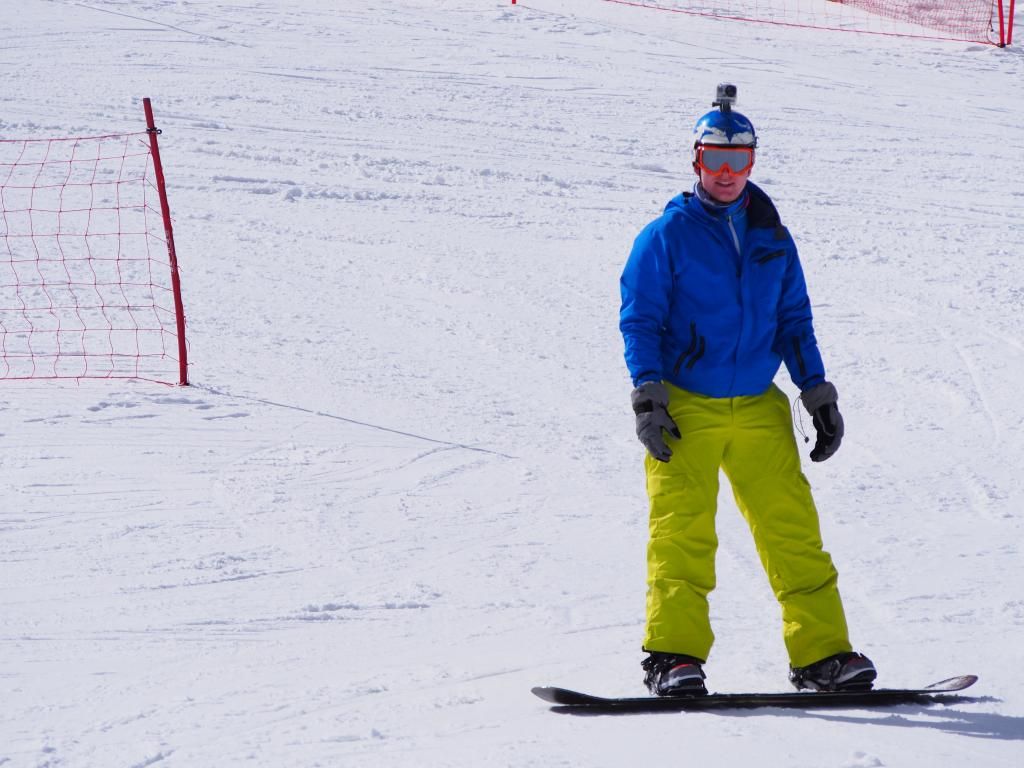So got an Olympus E-PL5 and only got to play with it today... (14-42 & 40-150 mm lenses) included)
I will be taking it snowboarding in a week and would like to take some pictures of landscapes and snowboarding.
For snowboarding and quick moving shots from the little reading I've been doing I need a low F-stop (ie fast speed), but will auto focus? Also a high iso? (however lose quality with higher iso). Thus the lens with lower f stop would be better?
As for landscapes the larger focal length?
I've also heard that due to the large light quantity in a snow piste I will have to auto lower the iso.
If anyone knows any good websites, good tablet reads /books I can bring on holiday that would be great, cheers.
I will be taking it snowboarding in a week and would like to take some pictures of landscapes and snowboarding.
For snowboarding and quick moving shots from the little reading I've been doing I need a low F-stop (ie fast speed), but will auto focus? Also a high iso? (however lose quality with higher iso). Thus the lens with lower f stop would be better?
As for landscapes the larger focal length?
I've also heard that due to the large light quantity in a snow piste I will have to auto lower the iso.
If anyone knows any good websites, good tablet reads /books I can bring on holiday that would be great, cheers.
Last edited:



 )
) 
